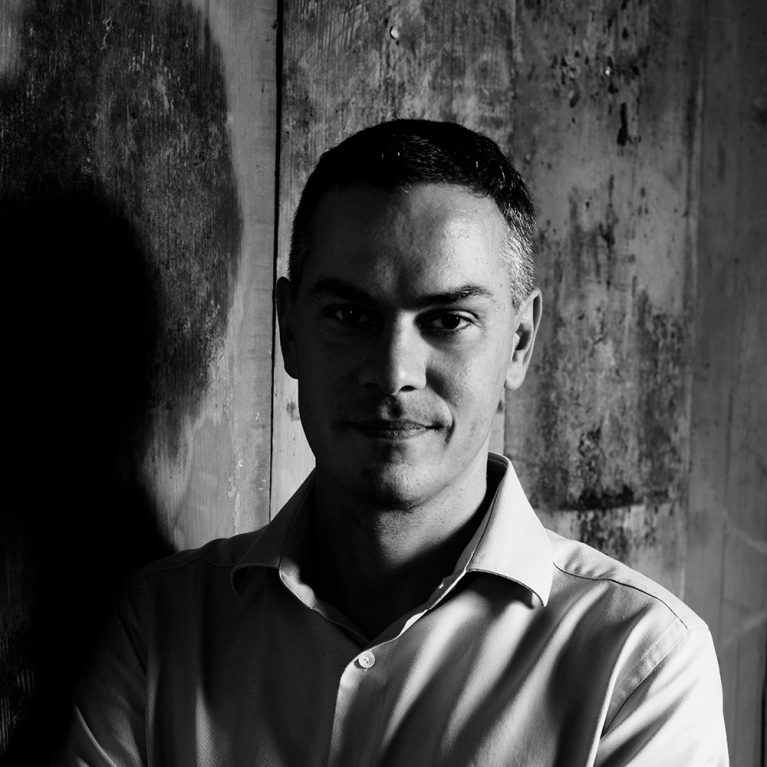interviews
Massimiliano Gioni’s Milan
I was born in the provinces to the northwest of Milan, in a town called Busto Arsizio, and as a model provincial dweller...

What are the origins of your relationship with Milan?
I was born in the provinces to the northwest of Milan, in a town called Busto Arsizio, and as a model provincial dweller I always had a love-hate relationship with the big city. I used to travel to Milan by train to skip class, or I remember going on Saturday afternoons with my older sister, who used to go walking in Corso Vittorio Emanuele II [Monumental Milan]. As time went on, I’d go to the city to buy books and comics, and then to see my first exhibitions.
I recall watching my first films of the historical avant-gardes at the Cinema Museum in Via Daniele Manin. But there were also plenty of galleries, especially in Via Tadino and around the Porta Venezia area, as well as many bookstores and bouquiniste-style book stands. However, like I say, as someone coming from Milan’s provinces, for a long time I associated the city with the train stations of Porta Garibaldi and Milano Centrale, particularly before they were transformed into shopping malls.
What is your favourite historical building in the city?
I’ve never actually been inside the building, but the Figini and Pollini house in the Villaggio dei Giornalisti (or “Journalists’ Village”) [The Polycentric Centre] is definitely a historical architecture that stands out in my mind. For me, it has always represented an idea of Milan as a modern and cosmopolitan city. And even though the house dates back to the 1930s, I’ve always imagined that we would have lived in such houses if the prophecies of Lucio Fontana and the spatialists had come true, along with the intuitions of the programmatic artists who came after them.
Milan has always struck me on account of its dual tension pulling in different directions. On one hand the city gravitates towards modernity and utopia, as can clearly be seen in certain art of the 1960s.
Yet on the other hand it is weighted towards life in the so-called case di ringhiera, in other words the traditional social-housing blocks with communal internal balconies giving access to the individual apartments. This latter direction is redolent of the “hard life” recounted by Luciano Bianciardi or Giovanni Testori. And while it seems that most of the impetus and energy of the postwar avant-garde movements has evaporated, the hard life of the case di ringhiera still seems to survive and reappear in new forms.
What do you normally do when you are in Milan?
I must admit that as a typical Italian who lives overseas, every time I return to Milan the first thing I want to do is eat. I go looking for focaccia, cornetti croissants and cappuccino, or brioches
with cream, followed by lunches and dinners prepared with seasonal ingredients. Once I’ve satisfied my culinary cravings, I usually take a tour around the galleries, museums, foundations and bookstores. I’m especially fond of the Hoepli [Monumental Milan] and Feltrinelli bookshops as they offer a vast selection of volumes.
Is there a shop in Milan where you buy special items?
More than special shops in Milan, I’d say I have special restaurants and bookshops.
What is your favourite cafe, bar or restaurant in the city?
There are plenty of places in Milan where I love to eat, but I’m very reluctant to share them because I’m jealously protective of them.
Which new buildings have transformed the face of Milan?
There is no doubt that the Porta Nuova [The rising City] area has completely changed the heart of the city. Nowadays, it really is incredible to think that there was still so much unused space right in the centre of town less than ten years ago. It seems rather peculiar to imagine that the Varesine funfair used to be positioned right there, behind an embankment. I’ve always liked the piece of work by Patrick Tuttofuoco that managed to save the giant letters of the funfair’s sign, thus preserving the memory of an entire world that is dying out.
What would you transfer to Milan from another place?
In my opinion, Milan is missing shops that stay open 24 hours a day, as well as a genuine contemporary art museum and a couple of other high-quality museums.


